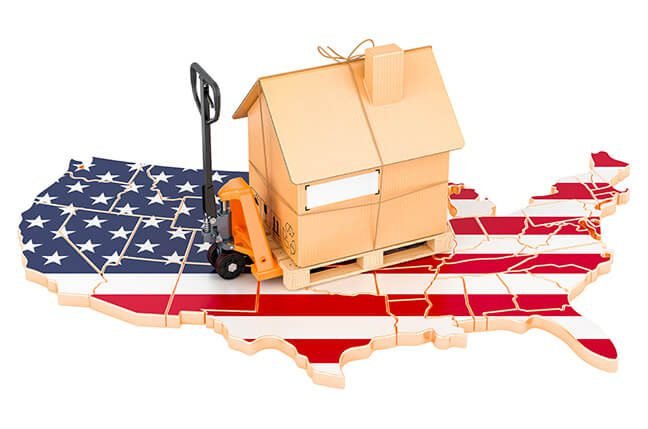Moving your home can be both disruptive and expensive. To reduce the mental stress involved, many people create a checklist so that they can stay on track with things that need to be done both before and after the move.
Now imagine how much more work there will be when you are moving abroad. For immigrants moving to the USA, the process of relocating can be especially exhausting because of the many important documents they need to prepare in addition to handling all the shipping and travel arrangements. Adding to that are the country’s unique and extensive legal, financial, and tax systems.
In this blog, we will walk you through the essential items that should go on your moving to USA checklist. They range from making sure you have a valid visa or permanent resident card, to looking for temporary accommodation, to opening a US bank account and getting your international driver’s license and overseas health insurance. Our goal is to help make your relocation experience as stress free as possible.
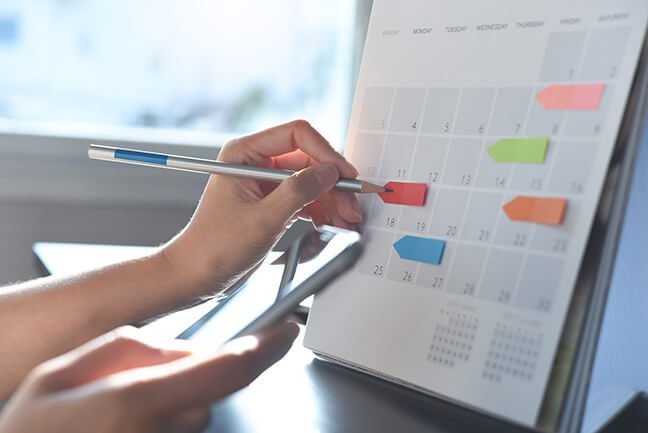
Plan Ahead for the Move
While the process of relocating to a new country is stressful, you can lessen or even avoid many of these hassles if you start planning at least several months before the actual move. You will find that many problems are easier to resolve if you address them at early stages.
Personal Items
Compared with moving within the same country or city, the cost of transporting your belongings to a new country is often much higher. The disruption in the transport and shipping industry as a result of the COVID-19 pandemic has further driven up prices.
So when considering what to bring with you, ask yourself whether it will be easier and cheaper to buy them after you arrive in the USA. Most daily household items, such as appliances and furniture, can be easily bought via either Amazon, WayFair or other “brick and mortar” (term meaning a physical store versus only online) chain stores such as Target or Walmart.
Get Moving Quotes Early
We also suggest that you get moving quotes early and from multiple sources. Any global shipping company and moving company should be happy to provide a free moving quote. Some of the more reputable movers include Transworld International and Crown Relocations. It is also standard practice for them to supply you with free packing materials.
Make sure you have them quote “Door to Door” and include customs clearance. Finding out your stuff is stuck at the port and trying to find a customs clearance broker and local trucking to pick up and deliver will be a nightmare scenario for you.
Giving Away Things
To increase efficiency, make a list of things that you need to get rid of, then start the process at least a couple of months before your move. Regardless of which country you are moving from, there should be many online platforms that allow you to sell used items or you can simply give them away to charities such as the Salvation Army or Goodwill.
Expect Delay
But even if you hire a top-tier relocation agency, you need to prepare for a significant delay in your shipment’s arrival date. So make sure you carry with you all the important items such as your birth certificate and other immigration documents.
Again, the pandemic has made the situation worse in recent years and it is not uncommon these days for a shipping container to sit at the port for weeks if not months before they get shipped. For air freight, the typical delivery time is much shorter at around one to two weeks, though the cost can be significantly higher.
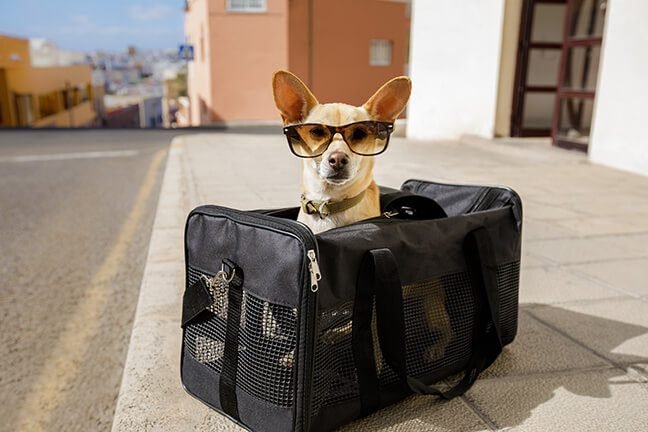
Bring Your Pets to the U.S.
Today, more and more people are choosing to bring their furry friends along when they relocate. While the USA is known to be one of the most animal-friendly jurisdictions in the world, bringing a dog or cat into the country can still be a complicated process. The additional restrictions and guidelines imposed by airlines and other countries can make this extremely time consuming.
As we explained in our other blogs, you need to start preparing at least two to three months ahead of your departure date as there are a lot of homework and research you need to do.
Find the Latest News and Requirements
For starters, the CDC (Centers of Disease Control of the U.S.) and USDA (U.S. Department of Agriculture) are the sites you can refer to for the latest news and pet import requirements.
The dog’s breed, medical condition, travel history, and country are you moving from – all these will help determine the required information and procedures for bringing your dog into the USA. Read this step-by-step guide on how to bring a dog to U.S.A.
The next steps will include choosing an airline, finding an appropriate-sized dog crate, hiring a pet mover (if necessary), and gathering all necessary documents. For more details, check out our blogs for complete guides to bringing a dog or cat into the USA.

Finding a Place to Live
You will need to find your own temporary accommodation if you don’t have friends or family members in the USA whom you can stay with. In most parts of the country, there are plenty of apartments available for short-term rental. You should begin the search a couple of months before your arrival.
As in other countries, housing in the USA tends to be pricier in urban areas but more affordable in rural or less-populated areas. For tips about the differences of life in these areas, you can refer to our guides of living in the big cities and rural areas.
Buying a House
If you have enough financial resources, you can also consider buying your own place prior to your move. However, this will require a lot of work. Firstly, you will have to find a realtor whom you can trust, and also who understands your needs and knows the area well.
And unless you have enough cash to pay for the full amount, you may find that getting a mortgage as a new immigrant in the US can be very challenging. And that’s because most US lenders require credit history from the borrower, which can take some time to establish.
Tip: Your first few weeks or even months are going to be very hectic after the move. Rent a place in the area you think you want to live in and spend time getting to know the area. Then decide if this is where you want to buy a home.
So another important piece of advice is that you should start building up your credit in the USA as soon as you arrive (or even before you arrive), as this will be crucial if you want to purchase a house here. We talk more about this in a later section.

Your Money
There are two main things about money that you need to pay special attention to when preparing for your move to the USA. The first is the tax on investment income, such as stock dividends or gains from selling your assets. The second is about building credit for yourself in the USA, which will be essential when you try to take out loans from the banks.
Speak to a US Accountant
Once you get your green card, your income will be subject to US taxes. Taxable items include the salary you earn from your job and passive income that you make from your assets, such as dividends from stocks, or gains from selling your house.
If you are considering keeping some of your income-generating assets in your home country after your move, it would be important to speak to an accountant who specializes in or is at least knowledgeable about the US tax system. He or she will be able to explain to you the tax implications of keeping those assets.
Bank Account Overview
Some international lenders such as Citibank or HSBC allow non-US residents in certain countries to open onshore US bank account. If your country is one of them, you should consider setting up an American bank account with them even before your move. Depending on your history with the bank, this can have multiple benefits.
Firstly, it can make transferring money between your old and new home easier, or less expensive. Most of the time, global banks would waive charges if the transfer is between bank accounts owned by the same person. Also, the longer that you do business with a bank, the more likely it is that they would have done the necessary background check on you to make things like borrowing money in the future easier.
Open Savings and Checking Bank Accounts
Savings accounts in the U.S. often have monthly limits on the number of transactions which includes automated payments. So you’ll want to open a checking account to handle all your monthly transactions.
Credit Cards
In the US, you need to have a good credit history to take out loans to buy a car or a house. The easiest way to build up your credit score is by getting a credit card and making sure that you pay the bills on time.
While US-based banks normally do not issue credit cards for a foreigner, you can sometimes get around this by applying for an American Express credit card while you are still living in your home country.
Pre-Loaded Credit Cards
A good way to start building credit is to find a credit card company that lets you deposit money into your credit card account. While it may seem like a debit card, it is processed and treated like a real credit card. This will help you to build credit while preparing for your move. Make sure to charge something every month and then pay off the full balance on time to start building credit.
These types of cards are often used by college students just starting out or people with poor credit history to rebuild their credit score so their requirements for applicants are more flexible, which is what you will need.
For a great resource for finding these types of credit cards and applying, check out https://www.nerdwallet.com/
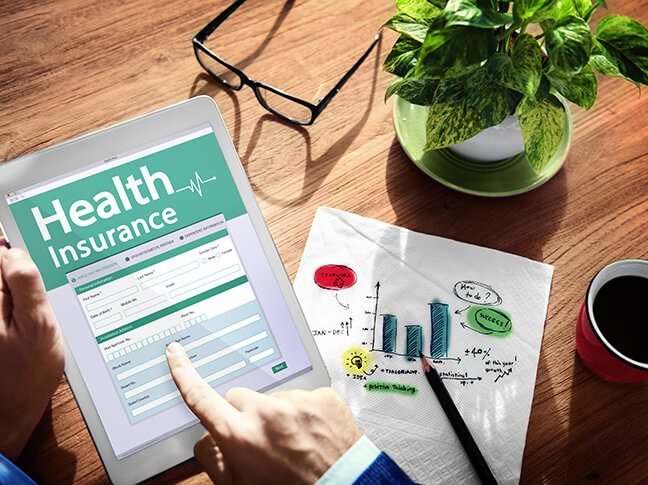
Health Insurance
Inquire about travel or overseas health insurance, which may be necessary as you may not be able to get US health insurance right after you arrive. Research the various options as well as any medical treatments you may need during your stay in the US.
Make sure to research whether or not there is a waiting period before your coverage begins and how much it will cost. Additionally, you will want to make sure that your overseas health insurance covers any pre-existing conditions that you may have, so ask your insurance provider about that too.
Finally, it is important to find out if there are any limitations to treatments and facilities you can choose while living in the U.S.
Once You Have a Green Card
As soon as you become a Lawful Permanent Resident (Green Card Holder), start researching Health Insurance in the U.S. and get a policy here. It is much easier to make a claim and you’ll have more provider options with a policy written by U.S. insurers.
Being informed and prepared will make your healthcare transition much smoother.
You can start with HealthCare.Gov which is run by the U.S. government.
Also check platforms like https://www.ehealthinsurance.com/, which will provide multiple quotes for you to compare.
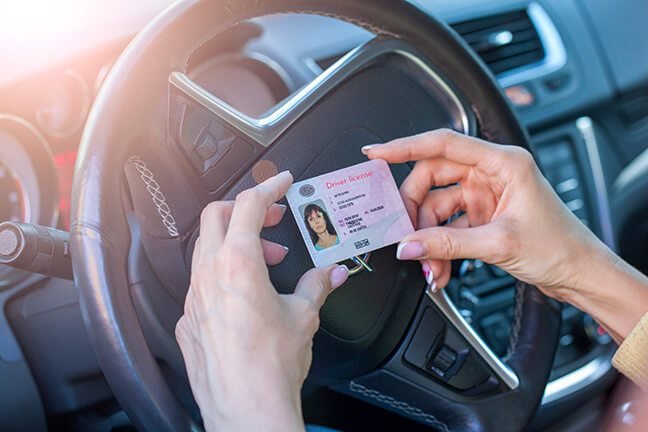
Getting a Driver's License
If you know how to drive in a foreign country, you should be able to get a driver’s license in the U.S.
Research what documents you will need to bring in order to apply for a driver’s license in your state of residence. In most states, you will need proof of identity (such as a passport), proof of residency (such as utility bills or rental agreement contracts), and proof of your Social Security number.
Keep in mind that each state has different requirements, so make sure to check the official website of the DMV in order to find out exactly what you need. It is also a good idea to have a driver’s manual from the state handy, as it will contain all the necessary information regarding driving laws.
Finally, you will need to take a written and road test in order to get your license. Make sure to practice for these tests before attempting them, as you may be unfamiliar with U.S. roads and traffic laws.
Even if you have an international license, which will allow you to drive in the US for an extended period before you get your new license, you’ll want to get one for the state you live in as a driver’s license is the most common form of I.D. used.
Other Items
Depending on the laws of your country and your own history, there are a few more things that you can add to this checklist. We’ll just list some of them here.
- Inform the tax office about your departure
- Ask your old employers for references or recommendation letters
- Sell your old home and cancel all the utility accounts
- Inform your pension provider of your move
- Get your international driver’s license if you already drive in your home country.
- Make sure you have a valid passport and a valid visa
- Obtain physical and digital scanned copies of all necessary documents
- Book your airline tickets

You're Ready for the Move
The checklist we offer above will help you get started on your journey to realizing the American dream. Once you get through this stage and arrive in the US, you will need to take the next step and get yourself and your family set up in your new home.
You will have to do more research and work but the good thing is there will plenty of resources available in the USA to help you settle in. Refer to our guide on the challenges for new immigrants, which will offer you plenty of advice on how to start a new life here!

